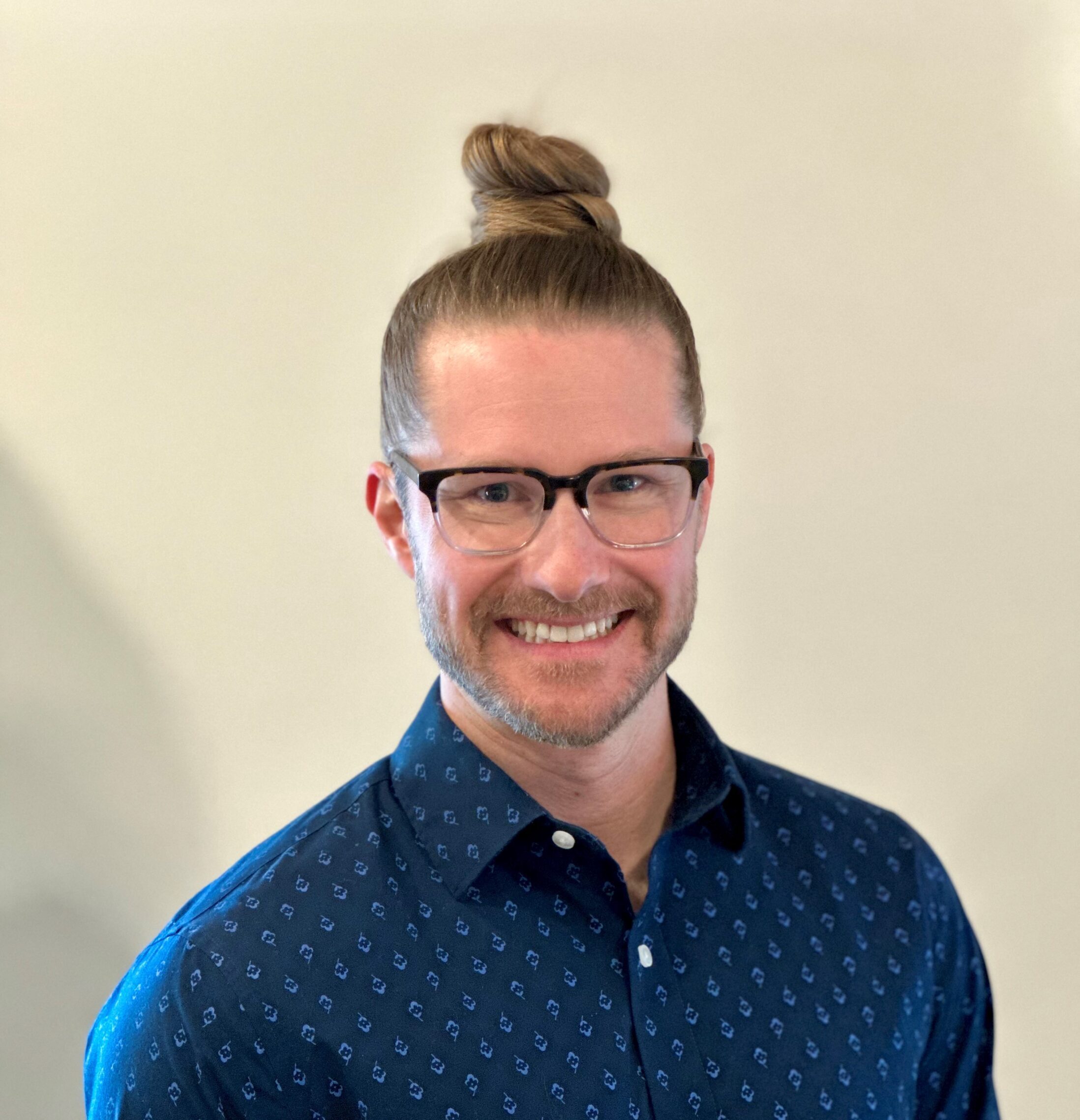McKinstry’s Reid Prison on Forwarding Zero-Carbon Goals

“Decarbonization has historically been viewed myopically as emissions reductions, but shifting this framework allows us to approach our customers’ challenges synergistically to create better buildings and systems while simultaneously reducing risk, increasing resiliency and reducing emissions.”
Reid Prison is a project director working within our Energy & Technical Services team and has been with McKinstry since 2009. In celebration of Earth Month, learn more about Reid’s work and how his contributions are helping forward our Zero+ commitment.
Learn More About Reid’s Experience
I am a project director for EcoDistrict Services National team within our Energy & Technical Services (E&TS) business. I’ve been a bit all over the map within our E&TS business, but it has been intentional so that I have an inside-out knowledge of both the inner workings of our business and how we serve our customers. In order, I’ve been an energy auditor, energy engineer, commissioning engineer, senior program manager and now a project director. The cool thing about those roles in combination is that I’ve been able to experience the business lifecycle from business development, sales, project development, construction, commissioning and ongoing service perspectives. Even with this diverse experience, the engineering roots can be strong, so I often find myself harnessing that engineering mindset to evaluate “current state vs future state” for both our business and our customers.
The project director fills a unique role for both McKinstry and our customers. As the translator at the intersection of the customer, the project team and our company-wide suite of capabilities, you get to operate inside the project while having an outside perspective. From that position, success looks like understanding our customers’ goals in alignment with all the capabilities McKinstry has to offer, then orchestrating the pieces in a way that enables our teams to best serve our customers while allowing us to grow our business and impact within our industry. We’re all here to do our jobs — including our customers — and my role is to ensure the entire experience is as impactful as possible for all stakeholders.
Seeing carefully planned and orchestrated strategies come together for our clients, internal teams and our business brings me satisfaction. Even better, this results in meaningful changes for our customers to move the needle in the right direction, including the Zero+ aspect of our ethos. Decarbonization has historically been viewed myopically as emissions reductions, but shifting this framework allows us to approach our customers’ challenges synergistically to create better buildings and systems while simultaneously reducing risk, increasing resiliency and reducing emissions.
I’m also having an absolute blast with the little bit of mentoring I get to do with some of our local Montana team — we have an awesome up-and-coming group of leaders!
Being a lifelong Montanan, this subject is of particular importance to me. I always advocate for meeting people where they are and finding synergies with their values. Climate literacy and environmental responsibility have endured pressures that have created resistance and divisions, but everyone is experiencing the effects in some form — even if factors make it challenging for them to acknowledge. Take the time to understand someone and let their experiences paint the picture: a changing waterway affecting a family secret fishing hole; local impacts from internal U.S. population shifts; a fire season and air quality that are the worst in memory. Relating the changes people are experiencing personally can help deepen understanding of adjacent impacts, impacts that may be at much larger scale for areas of higher population density or climate sensitivity. If it can’t be humanized, it won’t matter. But once it matters to them, people will become engaged in solutions.
There are several that come to mind, but one recent project particularly stands out for its potential for impact if others follow our lead. We have enabled a higher education client to understand the value of addressing their strategic objectives from the framework of integrating the planning and transformation of all campus utility systems together.
While the utilities under our purview are divided into the distinct categories of in-building systems, central utility plants, geothermal energy districts, primary electric and distributed energy resources, the framework functions more like a Venn diagram — that is, everything is interrelated and affects everything else. Our interdependency approach allows our specialized teams of domain experts within the distinct categories to proactively and directly communicate between teams to share potential ideas and risks that impact the integrated development and implementation of these sustainable projects. Leveraging this framework to eliminate roadblocks and limitations encountered in more traditional siloed approaches allows parallel achievement of all three of our client’s north stars: retirement of deferred maintenance liability, modernization of their central plant and integration of their decarbonized thermal infrastructure via geothermal energy districts. Real results from putting the Zero+ approach to work!

Explore Other Insights

Delivering 100+ Energy Audits Across Washington
When Washington State introduced its Clean Building Performance Standards, public-sector building owners faced a sign…

Constant Curiosity and Connection: Cass Young’s Journey a…
From supply chain to project engineering, Cass Young has built her career at McKinstry by staying curious, embracing …

AI’s Shadow Footprint: What Smart Infrastructure Needs to…
Every advancement in artificial intelligence carries a physical consequence: more computation, more heat and more pow…